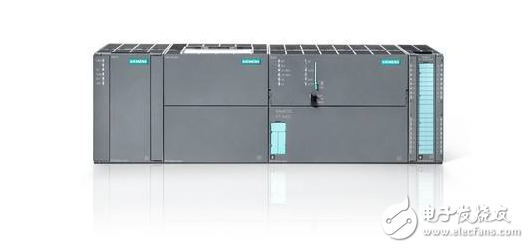**Siemens PLC**
The programmable logic controllers (PLCs) produced by Siemens, a renowned German company, are widely used in various industries across China. These systems are commonly found in metallurgy, chemical processing, and printing production lines. Siemens offers a range of PLC models, including LOGO, S7-200, S7-1200, S7-300, and S7-400. The S7 series is particularly popular due to its compact design, high speed, standardization, network communication capabilities, and enhanced reliability. The S7 series can be categorized into micro PLCs (e.g., S7-200), small-scale PLCs (e.g., S7-300), and medium-to-high-performance PLCs (e.g., S7-400), making them suitable for a wide range of applications.
**CRC Check**
Cyclic Redundancy Check (CRC) is one of the most widely used error detection methods in data communication. It allows for flexible selection of information and check field lengths. CRC works by performing polynomial calculations on the transmitted data and appending the result as a checksum at the end of the frame. The receiving device applies the same algorithm to verify the integrity of the data, ensuring accuracy during transmission.
**Working Principle**
The basic principle of CRC involves appending R parity bits after a K-bit information code, resulting in an N-bit codeword, also known as an (N, K) code. For any given (N, K) code, there exists a generator polynomial G(x) with the highest degree of N-K=R. This polynomial is used to generate the check code from the information bits. Any binary sequence can be represented as a polynomial with coefficients 0 or 1. For example, the binary number 1010111 corresponds to the polynomial xⶠ+ xⴠ+ x² + x + 1, while 101111 corresponds to xⵠ+ x³ + x² + x + 1.
An image illustrating the concept of a Siemens PLC CRC checker is provided below:

**PLC’s CRC Check Program**
**Method 1: Calculation**
This method involves calculating the CRC value using a custom program. The main program (OB1) calls a subroutine (SBR0) that performs the CRC calculation. The program initializes the CRC register, processes each byte of data, and updates the CRC value based on the generator polynomial. Finally, the calculated CRC is stored in the output variable.
**Method 2: Lookup Table**
This approach uses a precomputed lookup table to speed up the CRC calculation. The initialization process sets up a 512-byte table starting at VB2256. When sending or receiving data, the program references this table to quickly compute the CRC value. This method reduces computation time and is especially useful in real-time applications.
Both methods are commonly used in Siemens PLC programming to ensure accurate and reliable data transmission. Whether you're working on a simple automation system or a complex industrial network, implementing a CRC check is essential for maintaining data integrity.
Single core armored cable
Standard: IEC 60502
Rated Voltage: 0.6/1kV
AWA (Aluminium Wire Armour)
SSWA ( Stainless Steel Wire Armour)
Sheath/Jacket: PVC (Polyvinyl-Chloride)
Applications: Armoured Cable for power networks, industrial plants, switch-boards, underground and in cable ducting where better mechanical protection is required.
Single Core Armored Cable,Types Of Armoured Cable,Single Core Wire,Armored Cable Power
Shenzhen Bendakang Cables Holding Co., Ltd , https://www.bdkcables.com